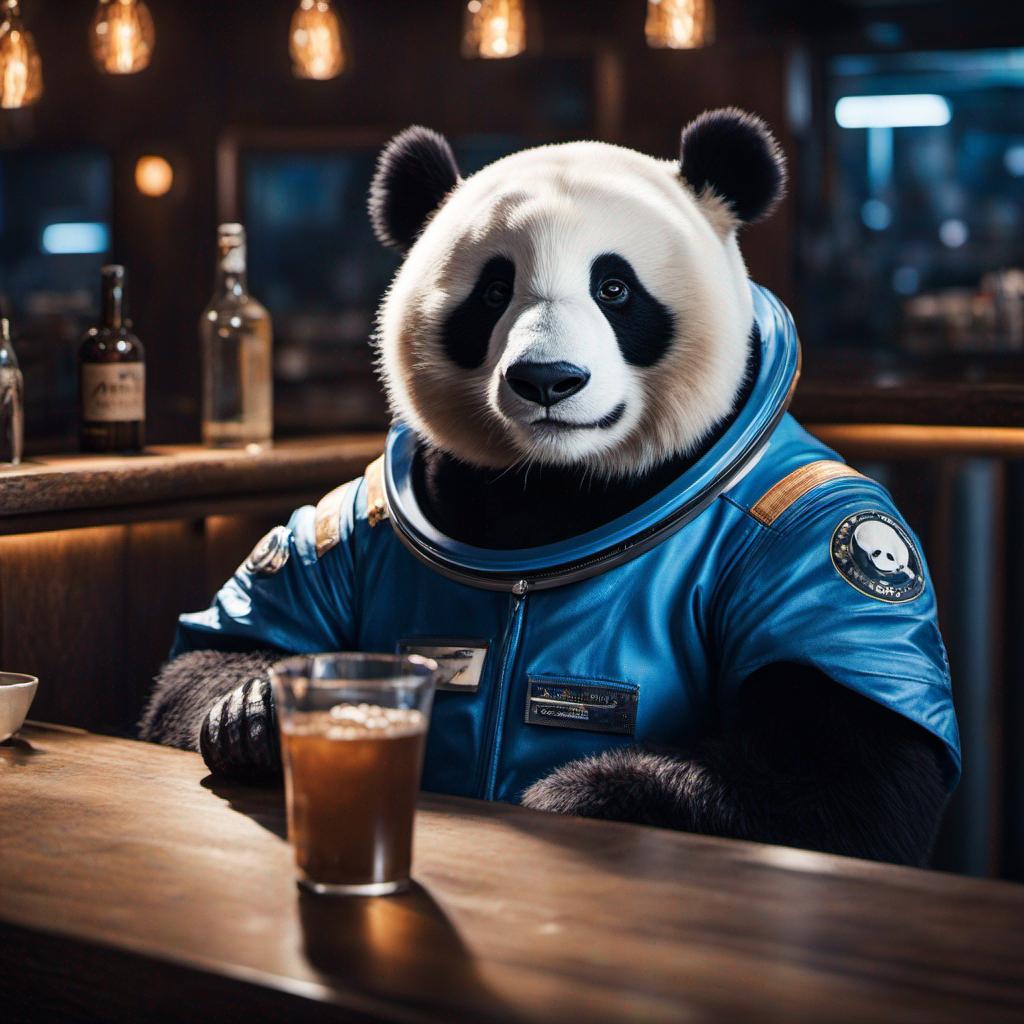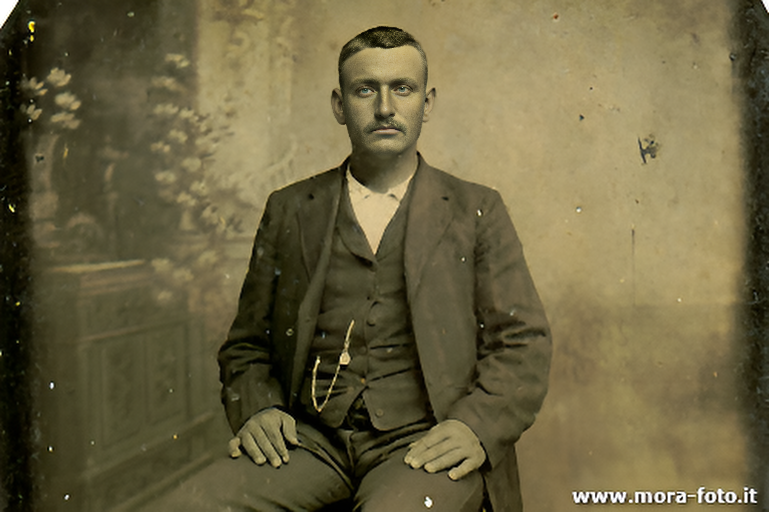API
If you're looking for an API, you can choose from your desired programming language.
1
2
3
4
5
6
7
8
9
10
11
12
13
14
15
16
17
18
19
20
21
22
23
24
25
26
27
28
29
30
31
32
33
34
35
36
import requests
import base64
# Use this function to convert an image file from the filesystem to base64
def image_file_to_base64(image_path):
with open(image_path, 'rb') as f:
image_data = f.read()
return base64.b64encode(image_data).decode('utf-8')
# Use this function to fetch an image from a URL and convert it to base64
def image_url_to_base64(image_url):
response = requests.get(image_url)
image_data = response.content
return base64.b64encode(image_data).decode('utf-8')
api_key = "YOUR_API_KEY"
url = "https://api.segmind.com/v1/sdxl1.0-realvis"
# Request payload
data = {
"prompt": "analog photo, closeup portrait photo of 28 y.o asian man, natural skin, looks at viewer, city street, (cinematic shot, film grain:1.1)",
"negative_prompt": "(worst quality, low quality, illustration, 3d, 2d, painting, cartoons, sketch), open mouth",
"samples": 1,
"scheduler": "UniPC",
"num_inference_steps": 25,
"guidance_scale": 7,
"seed": 3195698736,
"img_width": 896,
"img_height": 1152,
"base64": False
}
headers = {'x-api-key': api_key}
response = requests.post(url, json=data, headers=headers)
print(response.content) # The response is the generated imageAttributes
Prompt to render
Prompts to exclude, eg. 'bad anatomy, bad hands, missing fingers'
Number of samples to generate.
min : 1,
max : 4
Type of scheduler.
Allowed values:
Number of denoising steps.
min : 20,
max : 100
Scale for classifier-free guidance
min : 1,
max : 25
Seed for image generation.
min : -1,
max : 999999999999999
Image width can be between 512 and 2048 in multiples of 8
Image height can be between 512 and 2048 in multiples of 8
Base64 encoding of the output image.
To keep track of your credit usage, you can inspect the response headers of each API call. The x-remaining-credits property will indicate the number of remaining credits in your account. Ensure you monitor this value to avoid any disruptions in your API usage.
RealVis SDXL
RealVis XL, built on the SDXL framework, is adept at producing hyper-realistic images. Its prowess lies in crafting human figures so detailed that they're indistinguishable from real-life, especially in areas like skin and hair texture, and body proportions.
Advantages
-
Hyper-Realistic Outputs: RealVis SDXL's core strength lies in its ability to produce images that are virtually indistinguishable from real-life visuals.
-
Detailed Human Figures: The model specializes in crafting human representations with impeccable detail, from skin and hair textures to accurate body proportions.
-
Robust Foundation: Building on the trusted SDXL framework, RealVis SDXL combines reliability with cutting-edge realism.
-
Innovative Techniques: RealVis SDXL employs state-of-the-art techniques to ensure every image output is of the highest quality.
Use Cases
-
Digital Art Creation: Artists can leverage RealVis SDXL to produce lifelike portraits and character designs.
-
Film and Animation: Filmmakers and animators can use the model for pre-visualization and character design, ensuring realistic representations.
-
Gaming Industry: Game developers can integrate RealVis SDXL to craft hyper-realistic characters, enhancing player immersion.
-
Fashion and Design: Designers can visualize lifelike human models for apparel and accessory showcases.
-
Advertising and Marketing: Marketers can create realistic visuals for campaigns, ensuring high audience engagement.
Other Popular Models
fooocus
Fooocus enables high-quality image generation effortlessly, combining the best of Stable Diffusion and Midjourney.

faceswap-v2
Take a picture/gif and replace the face in it with a face of your choice. You only need one image of the desired face. No dataset, no training

sdxl1.0-txt2img
The SDXL model is the official upgrade to the v1.5 model. The model is released as open-source software

codeformer
CodeFormer is a robust face restoration algorithm for old photos or AI-generated faces.
